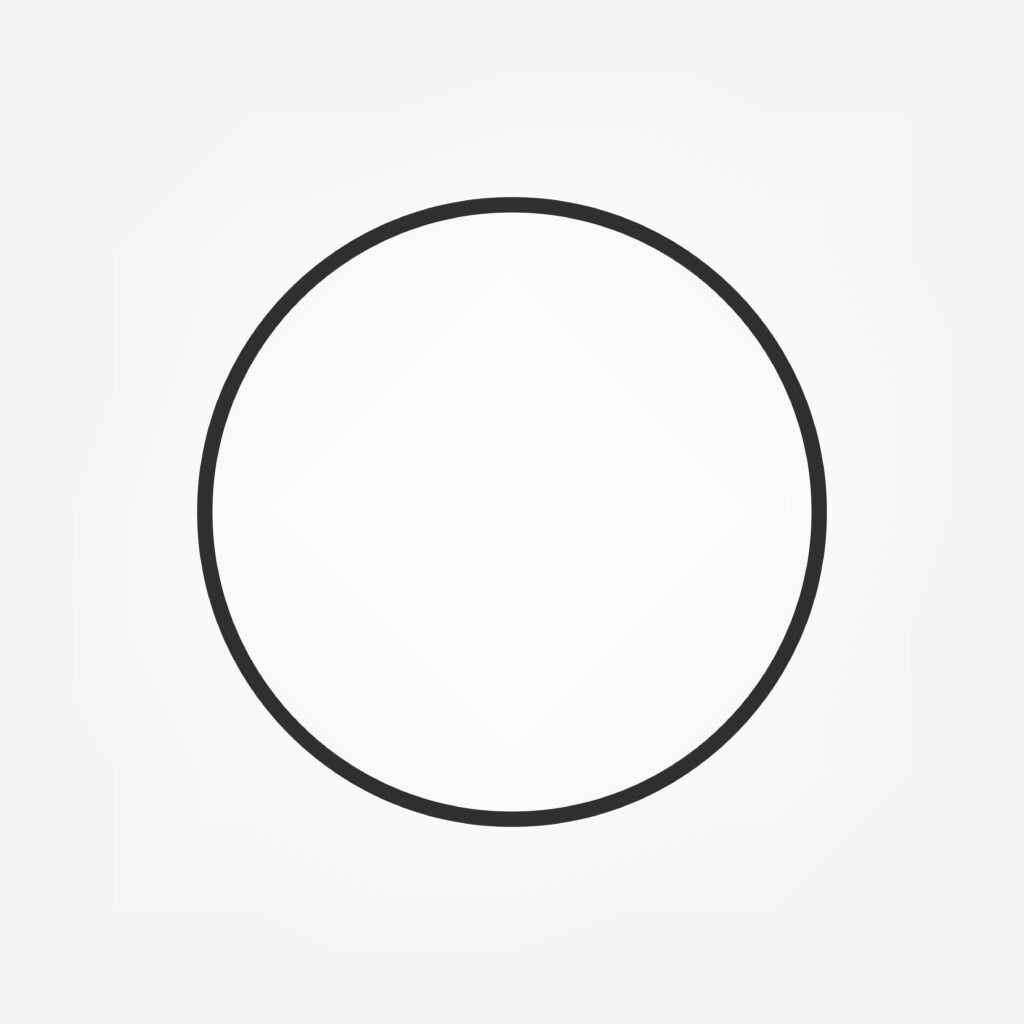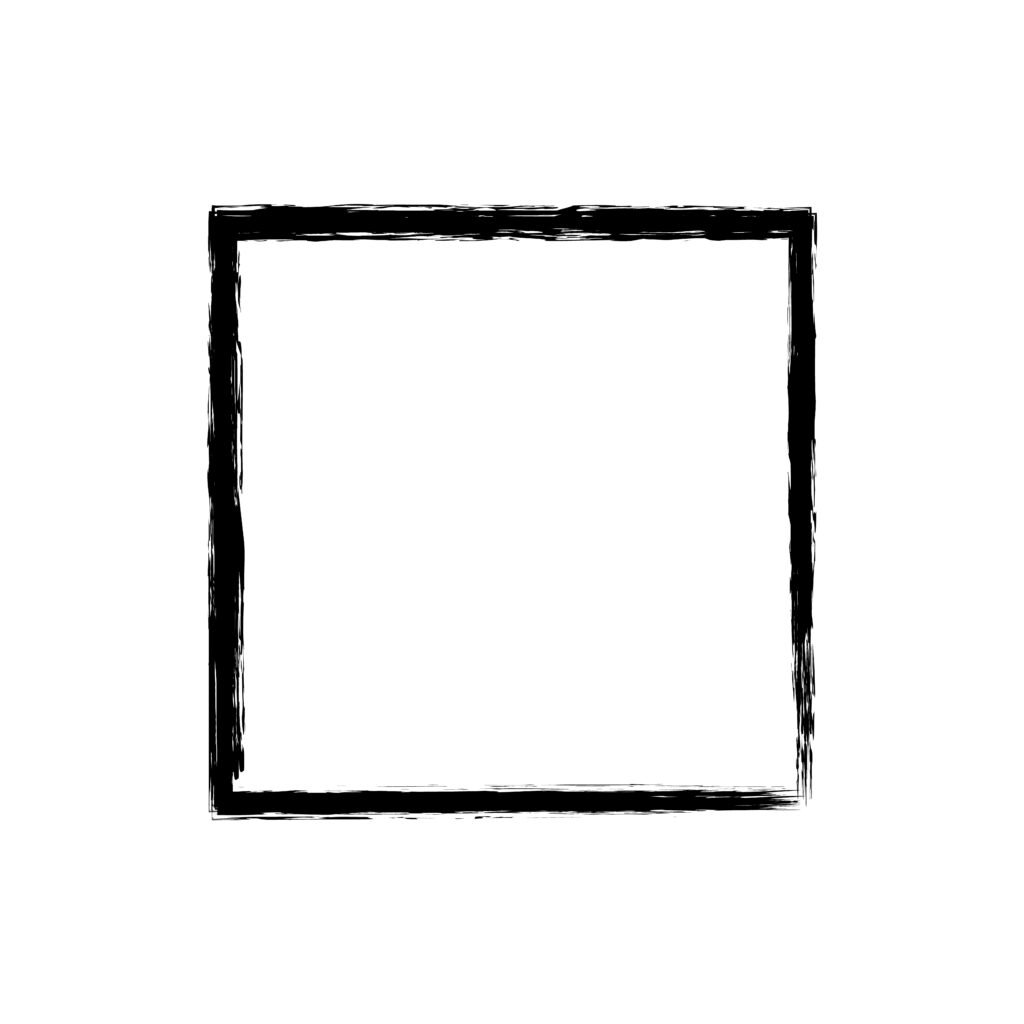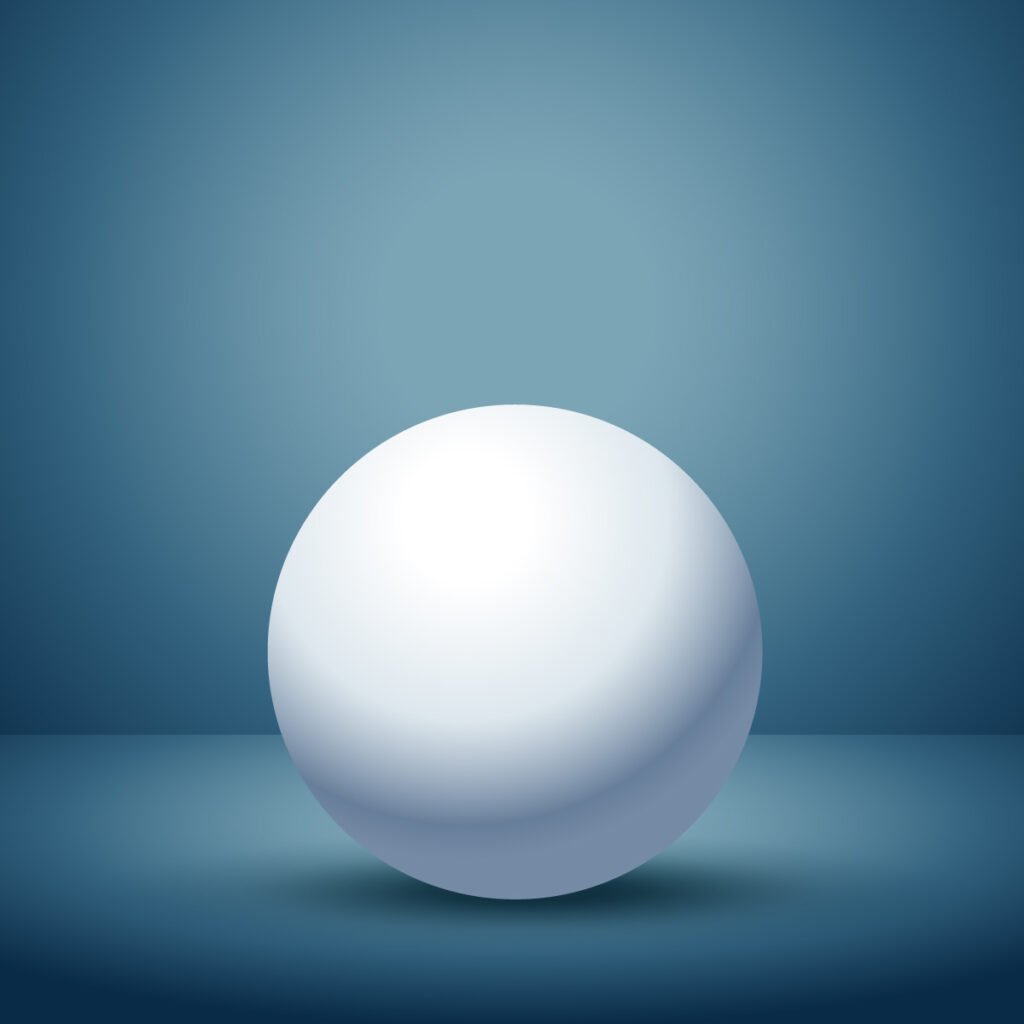Introduction
The shapes are like the building blocks of the world around us. From a round, yellow sun to the square screen of your favourite device, shapes are everywhere you see. Teaching shapes to kids is an exciting adventure that helps them understand and handle the world they live in.
In this article, we will explore the importance of teaching shapes to kids and provide a fun and picture journey through popular shapes. Learning shapes is not just about recognizing squares, circles, or triangles it’s about developing essential skills. Shapes also teach kids how to observe, identify patterns, and solve problems. They are the foundation of geometry and maths, which are critical for early learning. Moreover, knowing shapes is a fundamental step towards developing dimensional awareness skills.
What are the basic 2D geometric shapes?
Geometry is about shapes, and the basic 2D geometric shapes include the circle, a perfectly round like wheels. There’s the square, with four equal sides and sharp corners, like the pages of a book. A triangle has three sides, like a mountain or a slice of pizza. The rectangle looks like a stretched-out square, often seen in doors and windows. Finally, the hexagon is a six-sided shape, like the cells in a honeycomb. These shapes are the building blocks for understanding the world of geometry and are all around us.
1. Circle

A circle is a perfect and continuous round shape with no corners or edges. It’s like a tire, a coin, or the full moon in the night sky. Circles are all around us and often represent wholeness and unity. They are the same in all directions, making them simple yet powerful geometric forms.
Real-Life Examples:
The Sun: When you look up at the bright, warm sun in the sky, you are looking at a huge circle.
Pizza: Your favourite pizza is a yummy, circular treat. It is like a tasty circle.
2. Square

A square is a shape that’s like a sturdy box, with four equal sides and four sharp corners. It is as if a rectangle decided to be perfectly symmetrical. Imagine a book, or a window they all have square shapes. Squares are strong, balanced, and reliable, making them essential in construction, design, and everyday objects.
Real-Life Examples:
Books: Most books have square-shaped pages. You flip through the pages to explore exciting stories.
Your Tablet: If you have a tablet, its screen is square. It is where you watch fun videos and play games.
3. Triangle

A triangle is a simple, three-sided shape. It is like a mountain, with three straight sides and three sharp corners. Think of a slice of pizza, the face of a traffic sign, or the shape of a musical instrument, like a triangle. Triangles come in various sizes and can be found everywhere in our world.
Real-Life Examples:
Pizza Slices: Remember that pizza when you slice it, you get yummy triangle pieces.
Traffic Signs: Look out for triangle-shaped signs when you are out. They help you stay safe on the road.
4. Rectangle
A rectangle is a four-sided geometric shape with opposite sides of equal length and four right angles. It’s like a stretched-out square, with two sides longer than the other two. You can find rectangles in many everyday objects, like doors, windows, and book covers. Imagine a picture frame or a piece of paper both are examples of rectangles.

Real-Life Examples:
TV Screen: When you watch your favourite cartoons or shows on TV, you are looking at a big rectangle.
School Books: The books you use at school often have rectangle-shaped covers and pages.
So, these are the fantastic 2D shapes the circle, square, triangle, and rectangle. Learning about them helps you understand the world better and even have more fun when you play or explore. Shapes are everywhere, so keep your eyes open for them.
What are the advanced geometric shapes?
The advanced geometric shapes are complex and interesting 3D forms that extend beyond the simplicity of 2D shapes like squares and circles. These shapes exist in a three-dimensional space, adding depth and volume to their structures. Some examples of advanced geometric shapes include perfectly round spheres, cubes with six identical square faces, and cylinders featuring circular ends connected by a curved surface. These shapes, such as the sphere resembling a ball or planet, the cube resembling a solid block, and the cylinder akin to a can, are commonly encountered in our everyday lives.
1. Oval
An oval is a unique shape resembling a flattened or elongated circle. Unlike a perfect circle, it has two long sides and two short sides, giving it a unique appearance. Ovals can be found in various objects, such as eggs, zeppelins, or the shape of some leaves. Their smooth and rounded form makes them interesting and adds a creative touch to designs. Ovals are known for their pleasing symmetry and are often used in art and design to create creative pleasing compositions.

Real-Life Examples:
Eggs: Eggs are oval-shaped, and you see them on your breakfast table.
Football: The ball used in American football and is shaped like an oval.
2. Pentagon

A pentagon is a captivating geometric shape with the correct five sides and five angles. It looks a bit like a house but with slanted sides and no windows. Its clear feature is having five equal-length sides, making it stand out in the world of shapes. From home plate in baseball to the Pentagon building in Washington, D.C., pentagons can be seen in various real-life examples. This unique shape adds an exciting twist to geometry and is a favourite among young learners.
Real-Life Examples:
Home Plate in Baseball: If you have ever seen a baseball game, home plate is a pentagon shape.
Pentagon Building: The U.S. Department of Defense headquarters in Washington, D.C., is a famous building shaped like a pentagon.
These advanced shapes, the oval and the pentagon, are all around us, making the world more interesting and diverse. Learning about them helps to understand how different shapes are used in everyday life, from the foods you eat to the buildings you see.
Irregular geometric shapes
Irregular geometric shapes don’t conform to the usual patterns of regular shapes like squares or circles. They come in various unique forms and often have asymmetrical characteristics. These shapes, such as hearts, stars, and crescents, add dramatic and creative elements to design and art. Irregular shapes encourage free expression and offer endless possibilities for imaginative creations. While they may not have precise mathematical definitions, their irregularity is what makes them visually appealing and captivating in various applications.
1. Heart
The heart shape is a symbol of love and affection. It resembles two curved halves meeting at a point, like a sweet embrace. Drawing a heart is like expressing love on paper, making it a universal symbol of care and connection. Whether it is in Valentine’s cards or doodles on notebooks, the heart represents the warm feeling of love and the bond between people.
Real-Life Examples:
Valentine’s Day Cards: On Valentine’s Day, you will see heart-shaped cards to show love and affection.
Stuffed Toys: Many stuffed animals, like teddy bears, have a heart shape on their chest to represent love and cuddles.
2. Star
A star is a celestial object that glitters in the dark, vast sky. It typically has five or more radiant points that resemble beams of light. Stars are not limited to the heavens they adorn flags and play roles in countless stories, symbolizing guidance and aspiration in the infinite area of the universe.
Real-Life Examples:
Starry Night: When you look up at the night sky, you see countless stars shining like diamonds.
Sheriff’s Badge: In old Western movies, the sheriff often had a star-shaped badge.
3. Crescent
A crescent is a curved shape resembling a smiling moon, with one side round and the other tapering to a point. It is often seen in the night sky as a waxing or waning moon. Additionally, crescent shapes appear on various flags, such as the crescent and star on the flags of several Muslim-majority countries. This unique shape is known for its graceful and elegant appearance, symbolizing the changing phases of the moon and carrying cultural significance in many parts of the world.
Real-Life Examples:
Moon Phases: When the moon is just a tiny curved part, it is a crescent. It changes shape throughout the month.
Symbols on Flags: Some countries have crescent shapes on their flags, like Turkey.
3D Geometric Shapes
3D geometric shapes are solid figures that exist in three-dimensional space. Unlike flat 2D shapes, they have depth and volume. These shapes include the sphere, a perfectly round and smooth object like a soccer ball or planet. The cube, a six-sided figure with equal square sides, is like a magic building block. The cylinder is a tube or can with two circular ends and a curved body. Learning about these 3D shapes adds depth and dimension to our understanding of the world, helping us recognize them in everyday objects, from a soda can to a soccer ball, about the three-dimensional world we live in.
1. Sphere

A sphere is a three-dimensional shape that’s perfectly round in all directions, like a soccer ball or the Earth. Its surface is smooth and symmetrical, and there are no edges or corners. Imagine a giant marble or a bubble they are both shaped like spheres. These shapes are used in various real-life objects, like planets, marbles, and even certain candies. Spheres are special because they have the same radius from the centre to any point on their surface, making them super round and smooth.
Real-Life Examples:
Earth: Our beautiful planet Earth is like a giant sphere floating in space.
Balloons: When you blow up a balloon, it becomes a small sphere.
2. Cube
A cube is a three-dimensional shape resembling a tiny, perfect, and solid box. It features six identical square faces, making it highly symmetrical. Each side of the cube is equal in size, creating uniformity in all directions. It’s akin to piling six square-shaped pieces together, forming a robust, six-faced figure. Cubes are often used in games like dice and Rubik’s cubes, showcasing their fascinating properties. These regular, square-sided objects are essential in geometry and can be found in various aspects of our daily lives.

Real-Life Examples:
Dice: Dice used in board games have the shape of cubes. Each side has numbers from 1 to 6.
Rubik’s Cube: This famous puzzle is made of smaller cubes and can twist and turn.
3. Cylinder
A cylinder is a 3D shape resembling a tube or a can. It features two circular ends with a smoothly curved body connecting them. Think of it as a soda can, where the top and bottom circles are the same size, and the sides create a gentle, curved surface. Cylinders are common in everyday objects like cans, paper towel rolls, or even pipes, and they are valued for their efficient use of space and storage capacity.

Real-Life Examples:
Cans: Soda cans, soup cans, and even some chips come in cylinder-shaped containers.
Paper Towel Roll: The cardboard roll inside a paper towel is shaped like a cylinder.
Conclusion
The world of shapes is a colourful, exciting, and fundamental part of a child’s education. It’s a journey that opens their eyes to the beauty and wonder of the world around them. So, as you continue to explore, remember that shapes are everywhere, and they are waiting for you to uncover their secrets. Keep looking, keep learning, and keep discovering the amazing world of shapes.
Exploring common shapes with children opens a world of creativity and understanding, laying the groundwork for advanced mathematical concepts. This engaging journey into geometry not only enriches kids’ knowledge but also enhances their ability to interact with the world around them. For more educational resources and insights into child development, visit Chrysalis High.
FAQ’s
1. Why do solids have regular geometrical shapes?
Solids have regular geometrical shapes because their particles are closely packed in an organized manner, resulting in predictable, symmetrical forms.
2. How many geometric shapes are there?
There are various geometric shapes, including circles, squares, triangles, rectangles, pentagons, hexagons, and more, each with its unique properties.
3. How to draw geometric shapes?
To draw geometric shapes, you can use a ruler, compass, and protractor for accuracy, or simply sketch them freehand, following their basic characteristics and symmetry.


